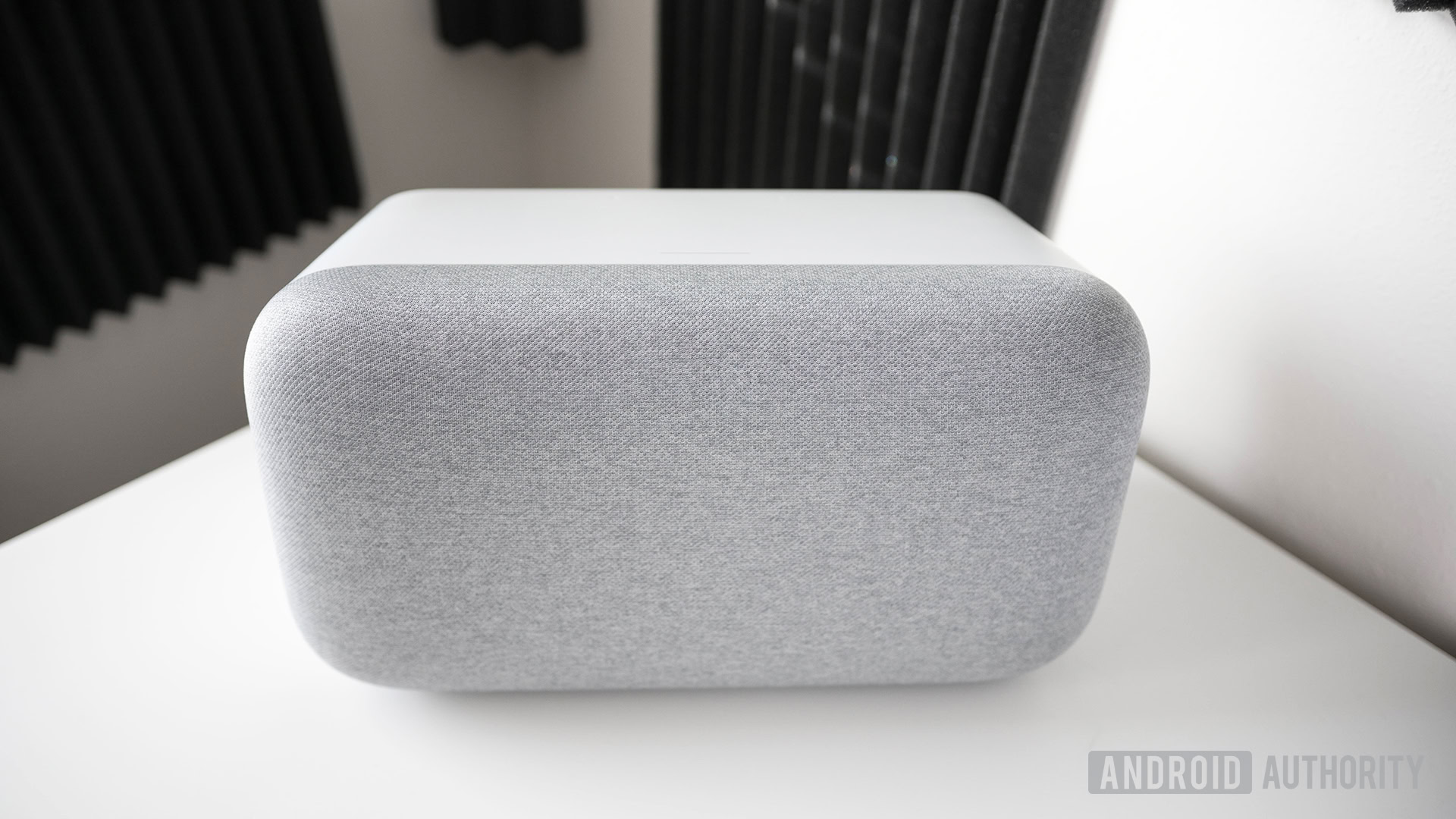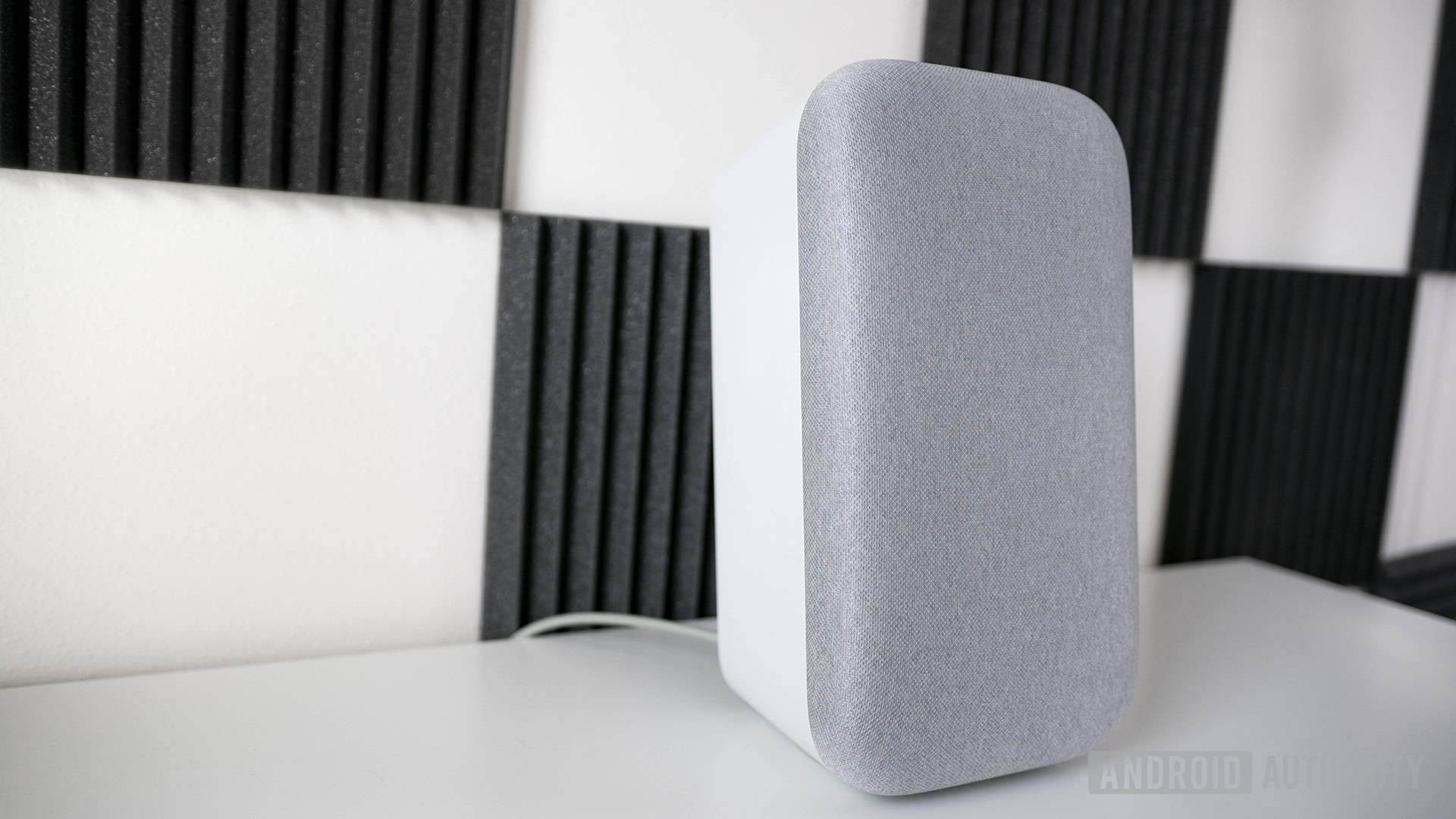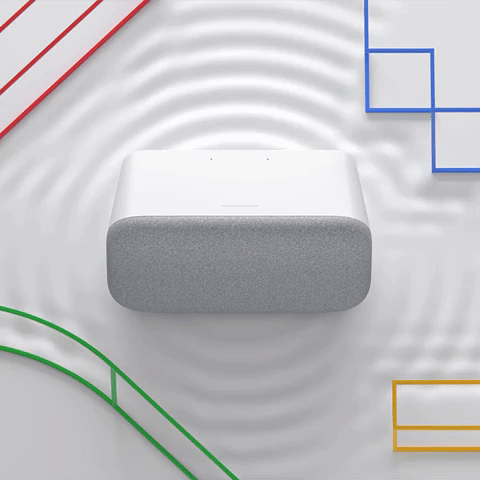Affiliate links on Android Authority may earn us a commission. Learn more.
Google Home Max is the company's smartest speaker, all thanks to Smart Sound
Published onFebruary 6, 2018

It’d be accurate to call 2017 the year of the smart speaker, and judging by what we saw at CES 2018 this year might not be any different. Just about every manufacturer we can think of is planning to build an Assistant- or Alexa-powered smart speaker, but there’s still some uncharted territory in the space.
I’m talking about high-end smart speakers — speakers offering the best sound quality they can, usually for a few hundred bucks. Your options are pretty limited if you want a high-end smart speaker, but some competition is brewing in the space. While Amazon still hasn’t thrown its hat in the ring, Apple’s $349 HomePod launches February 9, and Google launched its Home Max speaker a few weeks ago.
When you’re trying to sell a speaker for hundreds of dollars, it needs to stand out from the crowd. While Apple is touting the HomePod’s superb audio quality, Google says Home Max is smarter than the average smart speaker. It’s not just a high-end speaker with a voice assistant crammed in. Instead, the company is betting big on a feature called Smart Sound.
Google Home Max is the company's smartest speaker, and that's thanks to Smart Sound.
When Google announced Home Max and Smart Sound at its October 4 event, Google VP Rishi Chandra said Smart Sound allows Max to adapt to you and your preferences. It’s a feature that automatically adapts how it sounds to fit your room. It can raise the volume when playing at a loud party, or lower the volume in the morning. But, how exactly does it work?

It all starts with the amount of care Google put into Home Max’s design. “Everything is intentional,” said Home Max’s Lead Acoustics Engineer Frances Kwee in an interview with Android Authority Thursday.
The high-end speaker packs in six microphones, carefully placed to ensure optimal Smart Sound performance and voice recognition. These are what allow Home Max to recognize your voice when you say “Hey, Google” from across the room, even when the music is blaring. They’re also what allow the device to monitor how the music sounds in a particular environment and adjust accordingly. Whether the speaker is placed on a shelf, in the corner of your living room, or out in the open, Home Max will attempt to provide the best audio output for that environment.
“We don’t know where people will place Google Home Max,” said Kwee, “which is why Smart Sound is so great — we designed a system that makes the speaker sound good anywhere.”

Designing a speaker that adapts to different scenarios is no easy feat. Google went through hundreds of different iterations of Home Max before landing on the final design. It even made a point to ensure fragile solder connections are protected from rapid changes in sound pressure level (SPL), something we certainly admire (and a level of detail that should be expected from a $400 speaker).
“From a reliability standpoint, we’ve got a pretty strenuous testing process through several environmental conditions including temperature and humidity, in addition to various stress settings, like playing the device at top volume,” said Kwee.

The end result is a speaker that sounds good and just works. If you want to move Home Max from a shelf to a corner, Smart Sound will automatically tune the speaker in seconds. That’s important to remember, especially because one of Google’s biggest rivals in this space doesn’t offer that.
For many, Sonos is the go-to option for wireless audio, but its tuning software, called Trueplay, isn’t nearly as robust as Google’s. That’s because it’s not automatic, and you have to open the app and be extra quiet for a few minutes so it can tune. It’s only compatible with iOS too.
“Smart Sound just works. Everything is automatic, which makes it so convenient,” said Kwee.
Consumers eyeing the Google Home Max aren’t just looking to buy the speaker itself; they’re looking to invest in an ecosystem. It’s what Sonos has excelled at over the years, and what Amazon is just now starting to do. As Google has talked about before, the goal is to get Google Assistant into every room of the house so users don’t have an excuse not to use it. With offerings at the low, mid, and high-end speaker space, the company is well on its way to achieving that goal.
Before everyone gets on board with making their homes truly smart, companies need to prove the technology they’re trying to sell not only works, but won’t be a burden. The more time and effort users need to make a thing work, the less they’re going to want to use it. So far, Smart Sound seems to be a big step in the right direction.
Next: Google’s plan to take over the home starts with Google Home Mini